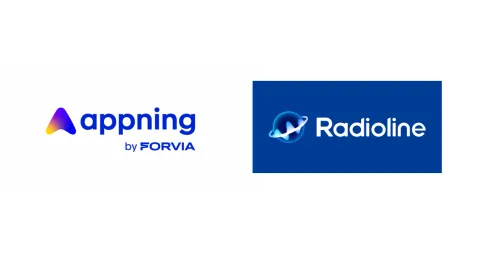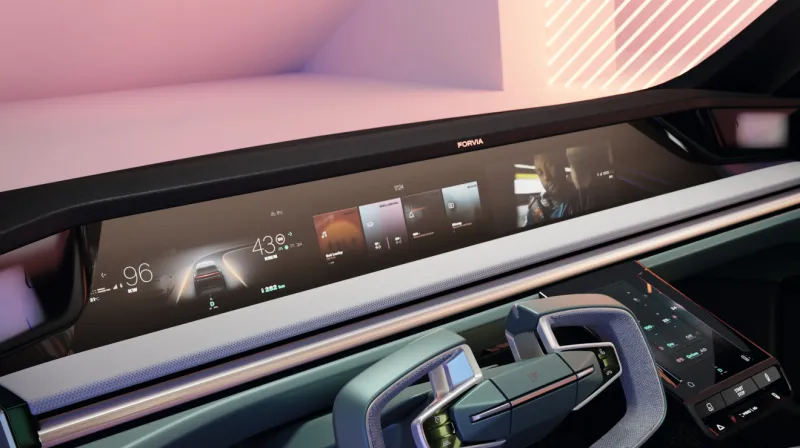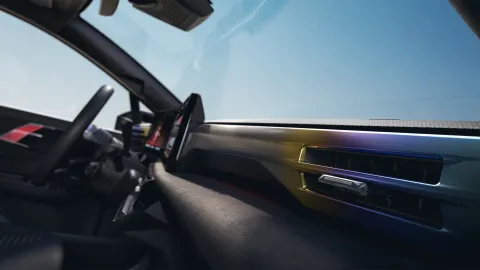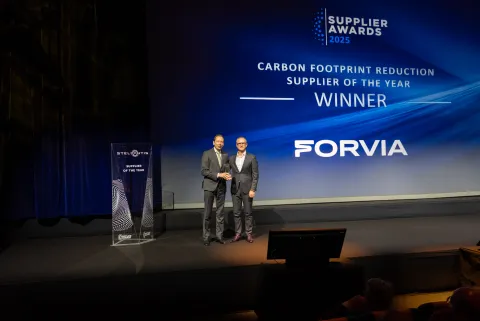
How are connected cars changing the automotive industry?

This connectivity changes consumers habits and expectations. It is reshaping our industry at a pace never seen before.
Electronic is booming, pushed by electrification and new consumers.
The evolution is clear. Electronic components will make up to 35% (excluding battery systems) of an EV car’s value in 2030, while they only account for 15% of ICE vehicles value today. This affects all areas of the cars: communication, safety systems, infotainment, displays, energy management and it is the results of two combined factors:
One, the arrival on the market of new OEMs with Internet or Electronics roots, attracted by the business opportunities triggered by mobility electrification. They can join our heavy industry because EV powertrains are much simpler than internal combustion engines to access and because the value in automotive is shifting from mechanical elements to electronics. They have no legacy, can adjust their industrial assets very precisely and are highly skilled in software development and integration. They build their cars around software and electronics, not the opposite as traditional mechanical auto players in our industry would do.
Two, the emergence of new consumers, especially in Asia, younger, with strong digital, connectivity habits and expectations. These new users are accustomed to highly technological and connected devices with seamless navigation, smooth and optimized HMI as well as performing connectivity. They are logically, extremely interested in the innovative vehicle offers proposed by the new OEMs mentioned above.
Car connectivity changes usages and value of our vehicles.

Consumers enjoy clear benefits from these new features. They access a different mobility experience. Cars are more connected and more digital in their interface. The concept of third living space, in between office and home, becomes a reality in the cabin where infotainment, gaming or productivity apps are made available in a safe manner. Cars connect with their users to enable personalized features with seamless connectivity. They connect with their external environment, such as charging networks to enable the remote booking of a charge station for example. As on a smartphone, software and thus cars upgrades are offered “Over the Air”.
This increase of digital services also raises the question of their sustainability. Servers for cloud-based services are generally heavy energy consumers. In a time where carbon footprint optimization is a primary objective, there is a challenge for tech companies like us to build electronics devices which will always optimize energy consumption.
Besides these new mobility experience features, a key change brought by connectivity is the positive effect on the financial value of cars. Indeed, with the widespread use of "over the air" system updates, we can foresee having new features and functions coming to our car through software updates. This will have a direct positive impact on the value of your vehicles. At FORVIA, we strongly believe in this concept of upgradability, through software updates, but also through “hardware updates” with our solutions for modular interiors or seats for example.
Automotive’s value chain is being reshaped, new business models are emerging.
This rise of electronics has strong impacts on the value chain of our industry by reshaping each actor’s scope and value creation. It creates business opportunities for some, new competition for others.
Likewise, for tech suppliers like us, given the increased complexity of vehicles, it is clear that we now must think our technologies no longer as independent products but as whole systems of components where electronics and software are at the heart of our solutions. We must master software development while keeping our leading position in our historical industrial activities. With the emergence of new electrical architectures in cars, around high-performance Domain Controllers, we must prepare a Software as a Product offering which will become hardware agnostic.
In this evolving landscape, business models like Software as a Service (SaaS) are also developing. This means selling software which will bring an onboard service to the consumer, towards a personalized and enhanced mobility experience. In these models, revenue models will be completely different from our traditional business habits, including subscription fees, payment on demand or even financing through advertising. A massive change.

At FORVIA, we see three areas where our software will bring value to car systems:
- For perceptual and immersive experience of driving, such as advanced image processing, noise cancellation, personalization in association with our Skyline Immersive Display, which has been honored with a CES Award 2024 for example.
- For road safety with systems that combine hardware and software, such as our eMirror Safe UX connected to our cameras and displays that won as well a 2024 CES award.
- For connected experiences and infotainment, so that you can easily integrate your phone with your car and enjoy a seamless experience.
Collaborate and invest in R&D to stimulate innovation.
As always in our industry, if we want to be a strong actor in this new area of connected cars, we need to create an ecosystem and organize a collaboration between different members to define standards and create solutions that will meet the end-users’ expectations. This is the sense of our active participation in COVESA which aims at establishing open standards for the automotive industry regarding specific software applications and interfaces. This is key for the rapid development of these functionalities in cars, in a robust manner.
This is also what we do with Faurecia Aptoide, building the number 1 app store platform for connected cars, hosting around 200 mobile applications tailored to car usages by their external developers and thus providing a flexible and safe alternative to Google Android Auto or Apple Car Play mirroring solutions. We strongly believe in this product offering because infotainment and connectivity services available through tailored app store will be more and more a source of differentiation between automotive brands. Our white label offering enables OEMs to design their own vehicle interface. This is particularly important for premium brands who cannot accept to have the exact same (Android or Apple) user interface as other lower end cars. Other advantages for these OEMs include the control of data exchanged via the car portal and of payments made during the car usage.
With this acquisition, we pave the way to connect 20 million vehicles from 14 different auto makers by 2025 and we target to increase our market share from 3% to 20% by then.
The automotive industry has been in constant evolution over years, but with the current development of electronics and the rise of connected cars, we can affirm that we are today living the revolution of the digitalization of our vehicles. Beyond the business opportunities it creates, it is a fantastic moment of emulation for our teams to innovate. This is the beauty of our industry, always in mobility to serve tomorrow’s people mobility.



